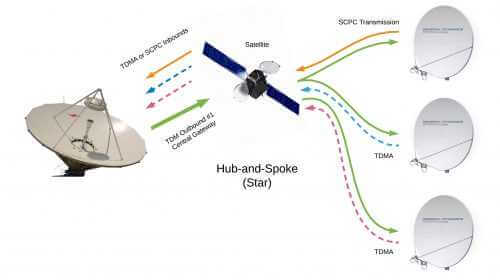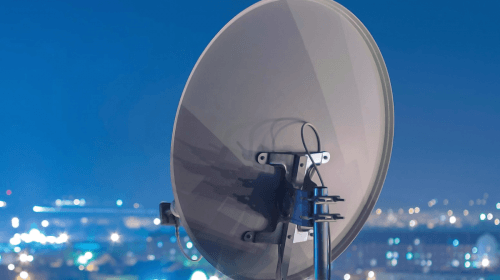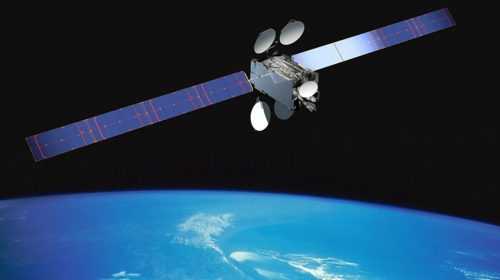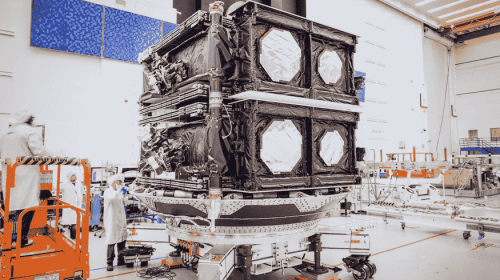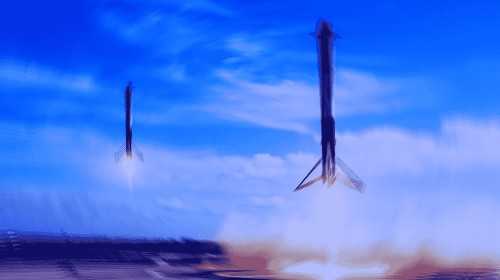How Will GEO Service Transform with D-Orbit?
Oct 26, 2024
Italian space logistics company D-Orbit made a historic move for the European space industry, winning a groundbreaking contract worth 119.6 million euros with the European Space Agency (ESA). Announced at the International Astronautical Congress, the agreement marks a critical step forward in the evolution of space servicing capabilities.
 D-Orbit promo. Credit: D-Orbit
D-Orbit promo. Credit: D-Orbit
With this transformative partnership, D-Orbit will be able to develop, launch and demonstrate an advanced spacecraft servicing vehicle for operation in geostationary orbit. The General Expansion Architecture (GEA) spacecraft-servicing vehicle is the focus of the contract, which represents a major leap forward in D-Orbit’s technological capabilities. The company’s CEO said the ESA contract would speed up their existing development efforts and put them in the vanguard of space servicing innovation.
Multi-National Collaboration and Technical Capabilities
The ambitious project has won the support of several European space agencies, which have demonstrated a common approach to the development of the space technology. As a primary supporter of the ESA program, the Italian government was represented by the Italian Space Agency, whilst other funding streams came from the UK Space Agency, German Aerospace Center DLR, the Swiss Space Office, and the Spanish Space Agency AEE. The 20 percent D-Orbit contribution to the total cost proved that they were committed to the project, which showed their confidence in the project’s potential. Co-funding the mission as prime contractor was a strategic decision for the company to show their long term vision of space servicing capabilities and their commitment to advancing the industry.
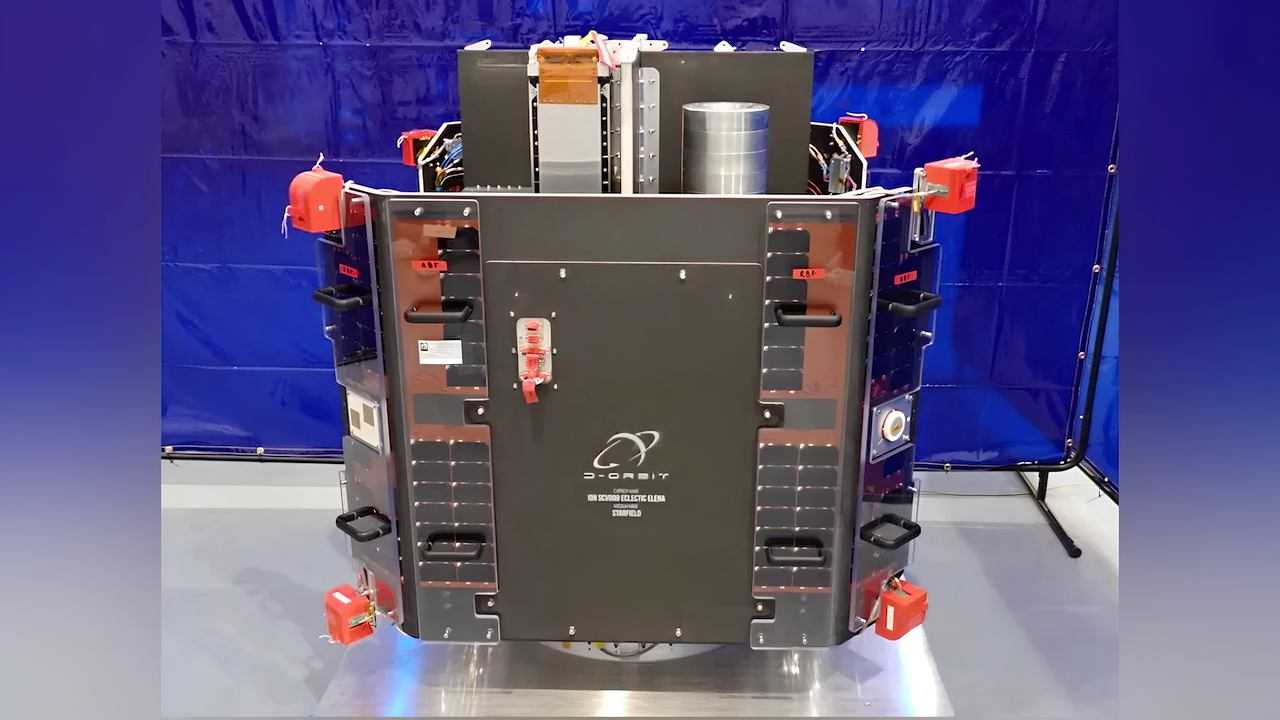 D-Orbit’s ION satellite carrier vehicle. Credit: D-Orbit
D-Orbit’s ION satellite carrier vehicle. Credit: D-Orbit
The GEA spacecraft servicer vehicle is a major technological advance with multiple capabilities including satellite life extension, relocation and repair. The vehicle’s sophisticated systems would permit it to perform complex maneuvers such as rendezvous and docking to satellites in geostationary orbit, as well as to take over their attitude and orbital positioning. The GEA has been set to have a seven year operational lifespan and could service multiple satellites. This extended operational period would provide maximization of vehicle utility and economic viability while sustaining space operations by preserving and maintaining existing satellite infrastructure.
Environmental Impact and Space Sustainability
The RISE life extension mission, for 2027 or 2028, is perfectly aligned with ESA’s Active Debris Removal/In Orbit Servicing (ADRIOS) project goals. The work responds to concerns about space debris, in particular the disposal of multi-ton geostationary communications satellites, which are usually abandoned when their fuel reserves are spent. There are currently more than 500 inactive satellites in geostationary orbit, worth billions of euros in stranded assets and potential collision risks, according to current estimates. The RISE mission’s novel approach could potentially save satellite operators hundreds of millions in replacement costs and significantly cut the environmental footprint of space operations. It also plans to set up standardized protocols for satellite servicing operations as a precursor to follow-on debris removal missions.
 3D rendering of the D-Orbit’s ION SCV. Credit: D-Orbit
3D rendering of the D-Orbit’s ION SCV. Credit: D-Orbit
The RISE mission is part of ESA’s Space Safety Programme, which aims to develop this project as a key step toward a circular economy in space. The program will redirect the current paradigm of disposing valuable space assets, towards a more sustainable space resource utilization and management. Market analysts believe the satellite life extension and debris removal services market could be in excess of €2.5 billion by 2030. The programme has already begun work with leading satellite operators to develop compatible docking mechanisms for future spacecraft, helping to extend use of servicing capabilities further. The project also includes extensive research on advanced robotics and autonomous systems that could eventually allow for more advanced repair and recycling operations in orbit, as part of a vision for sustainable space operations.
Commercial Viability and Future Services
D-Orbit’s entry to the market is based on cost efficiency and operational flexibility, developing a refuelable life extension vehicle. But the company’s vision is not limited to basic life extension services; it includes a full range of capabilities in geostationary orbit, including inspection, maintenance, repair, and refueling services. Their servicing vehicle is based on an innovative design featuring AI-driven advanced navigation systems and state of the art robotic arms to service the space environment in complex maintenance tasks. According to market analysis, D-Orbit’s cost per mission could be up to 40% lower than competitors, due to their own fuel efficient propulsion system and modular spacecraft design. This strong market confidence in their technological approach is reflected by the fact that the company has already secured preliminary agreements with three major satellite operators for future servicing missions.
Their experience in operating the ION satellite carrier in low-Earth orbit, having successfully deployed 105 satellites and hosted 48 payloads across 14 missions, provides a strong foundation for this expansion into geostationary operations. As a new venture, the company’s track record in space logistics operations puts them in a position to succeed. ION platform from D-Orbit has shown an incredible 99.7% mission success rate, a benchmark for orbital transport services. New capabilities specifically tailored for GEO servicing missions have been added to the company’s proprietary mission control software that has been developed through years of LEO operations. Furthermore, D-Orbit has established a dedicated training facility in Turin to train specialized teams to simulate complex servicing operations on high fidelity digital twins of the servicing vehicle and target satellites, to ensure optimal preparation for future missions.
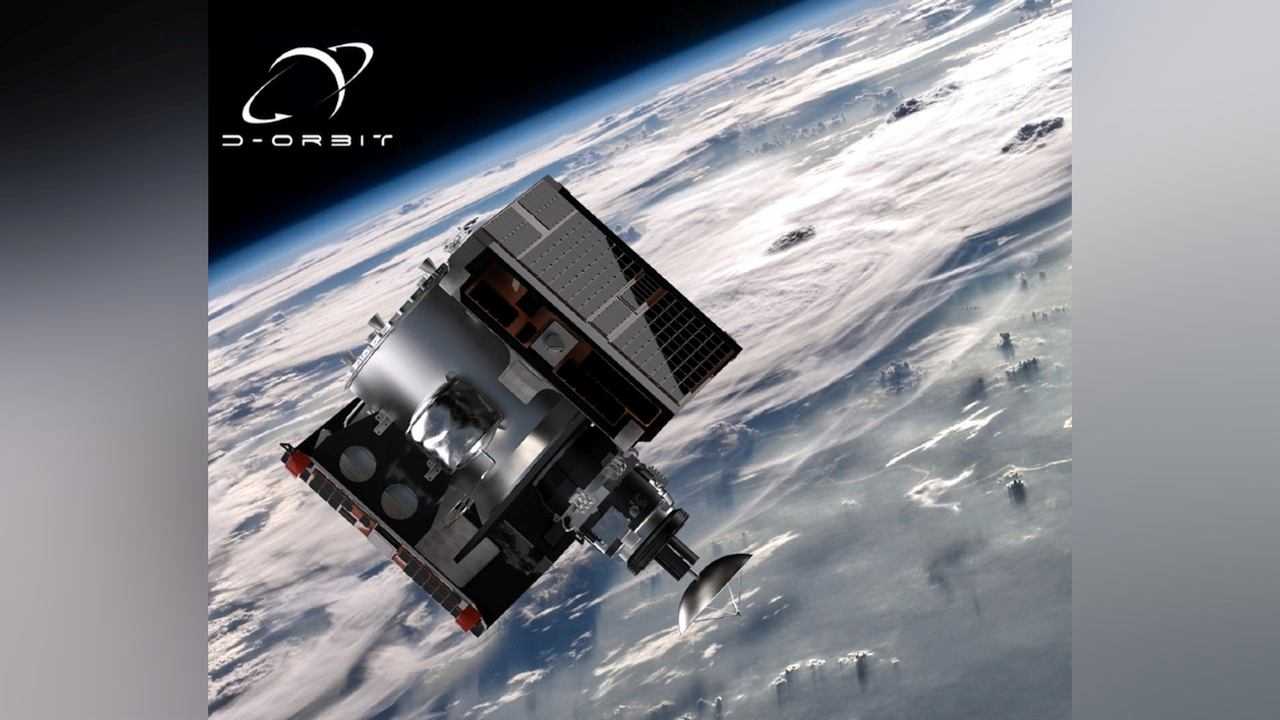 D-Orbit promo. Credit: D-Orbit
D-Orbit promo. Credit: D-Orbit
D-Orbit and ESA partnership is a major step forward in the evolution of space logistics and satellite servicing capabilities. The GEA spacecraft-servicing vehicle is poised to transform space asset maintenance and extension of life, and to address the urgent space debris problem. This collaboration could save the European space sector over €500 million a year in satellite replacement costs and set new benchmarks for sustainable space operations, say industry analysts.
D-Orbit, established in 2011 and headquartered in Como, Italy, has rapidly emerged as a leading force in the space logistics sector. The company has come into its own with its ION satellite carrier program, and now is ready to expand its reach into geostationary orbit servicing. Drawing on their experience in orbital transport services, and a dedication to sustainable space operations, they have carved out a role as a pioneer in the commercial space industry, with solutions that meet current market demand but also contribute to future space sustainability.

